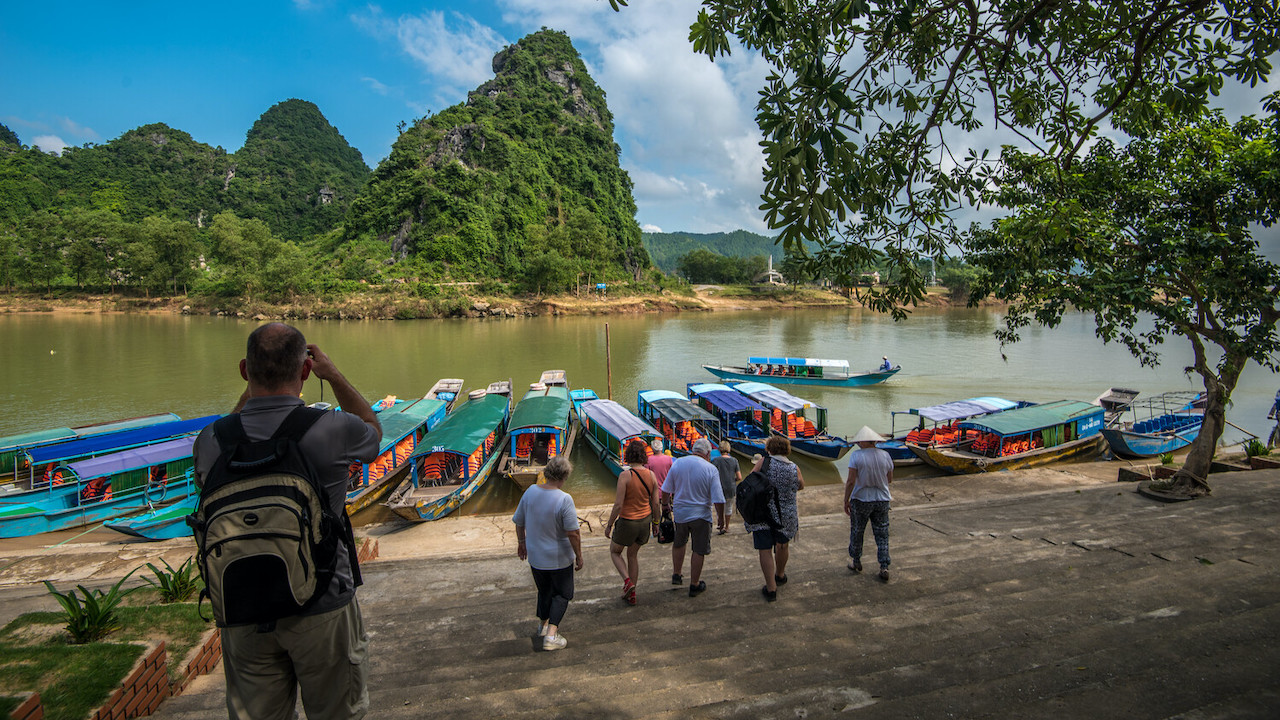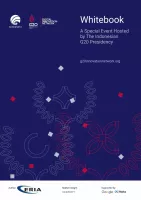
Southeast Asia is among the regions most affected by the fall in global tourism due to COVID-19. Photo credit: ADB.
Countries urged to restore travelers' confidence, mitigate socioeconomic impacts on livelihoods, and prepare for the long term.
Southeast Asia may suffer an 8.4% loss to its gross domestic product (GDP) in 2021 as tourists continue to put off travel plans during the pandemic, according to a United Nations report. The region is forecast to see an 82% drop in inbound tourist expenditure this year.
The joint report from the UN World Tourism Organization (UNWTO) and the UN Conference on Trade and Development (UNCTAD) assumed the coronavirus disease (COVID-19) problem will be around for a few more years. It urged countries to come up with measures that would restore travelers' confidence, mitigate socioeconomic impacts on related livelihoods, and prepare the travel and tourism sector for the long term.
As of 14 July, COVID-19 has infected 187.5 million people globally and contributed to 4 million deaths. In Southeast Asia, 36 million has been infected, with 516,608 deaths.
The UN report’s forecast is based on a scenario of tourist arrivals falling 74% on average globally this year, consistent with the decline in 2020. In many developing countries highly dependent on international tourism, arrivals fell by 80% to 90%. The report said Southeast Asia, Northeast Asia, Oceania, North Africa, and South Asia are among the regions most affected by the fall in global tourism. North America, Western Europe, and the Caribbean are the least affected.
With a more optimistic scenario of arrivals decreasing only 63%, the report sees a lower loss for Southeast Asia of 5.6% this year. A deeper 75% decline in arrivals that takes into account vaccine rollout across countries is expected to cause a loss of 7.1%.
According to estimates of the World Travel and Tourism Council, the sector’s total contribution to Southeast Asia’s GDP reached $380 million in 2019, about 12% of the total.
Step up vaccination
The UN report stressed the need for countries to speed up vaccination, noting it has slowed the spread in some countries, such as Israel, the United Kingdom, and the United States.
It noted that in most developing countries, access to and distribution of vaccines remains a challenge, with the virus continuing to spread at an alarming rate in India, Brazil, and in many countries where tourism is important for people’s livelihood, such as Maldives and Seychelles.
“Tourism is a lifeline for millions, and advancing vaccination to protect communities and support tourism’s safe restart is critical to the recovery of jobs and generation of much-needed resources, especially in developing countries, many of which are highly dependent on international tourism,” said UNWTO Secretary-General Zurab Pololikashvili.
The UN agencies said the crash in international tourism due to the pandemic could cause a loss of more than $4 trillion to the global GDP for 2020 and 2021.
UNWTO estimates that 100 million to 120 million direct tourism jobs are at stake due to the fall in tourist arrivals.
In Southeast Asia, the report estimated losses in employment of unskilled labor of between 11.6% and 7.7%.
The report said recovery will depend to a large extent on the rollout of vaccines, the removal and coordination among countries of travel restrictions, and rebuilding travelers’ confidence.
The report considered other sectors that supply food, beverages, accommodation, and transport to the tourism sector.
Policy recommendations
To mitigate the impact of the pandemic and boost recovery, the report recommended the following measures:
Restore travelers’ confidence. The report noted tourists’ concerns about health and the risk of cancelled travel plans and becoming stranded overseas. These could be addressed by rolling out vaccines globally as soon as possible. “It is also an economic priority,” it said. Vaccinating 40% of the global population by year’s end and 60% by mid-2022 is an aspirational goal that could cost $50 billion, it noted, citing estimates from the International Monetary Fund, World Bank, World Trade Organization, and WHO. “Nonetheless, the estimated benefits far exceed the costs.”
Better coordination and communication on travel requirements is critical, it added, citing tools such as the destination tracker and travel pass being developed by UNWTO and the International Air Transport Association. Developing cheap, fast, and reliable testing could also facilitate travel. A common protocol or standard for testing on departure may remove the need for quarantine on arrival.
Mitigate the socio-economic impacts on livelihoods. Using fiscal measures to support tourism businesses and workers is a challenge for most developing countries where tourism is large. Instead of protecting specific jobs in declining sectors, workers should be protected through training.
Strategize about the future. COVID-19 is likely to be around for some time. “A return to normal before 2023 seems optimistic,” the report said. Governments need to consider the long-term implications of the pandemic on tourism businesses and decide which to support and for how long. They also need to take into account environmental considerations, which could increase costs for long-distance flights. Cruise ships’ popularity may also fall due to extended confinement and will need to be studied. Domestic travel trends will also need to be considered. The report said developing countries dependent on tourism might consider how they can diversify resources away from tourism.

